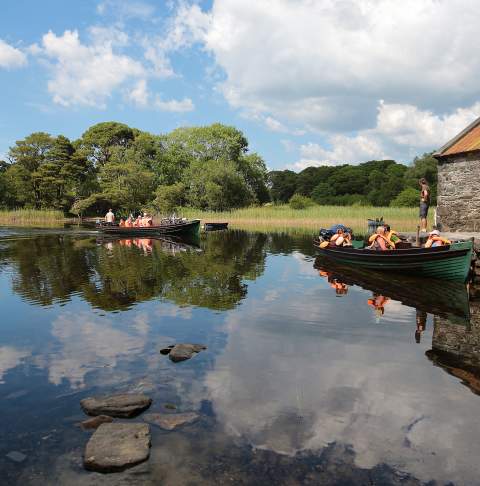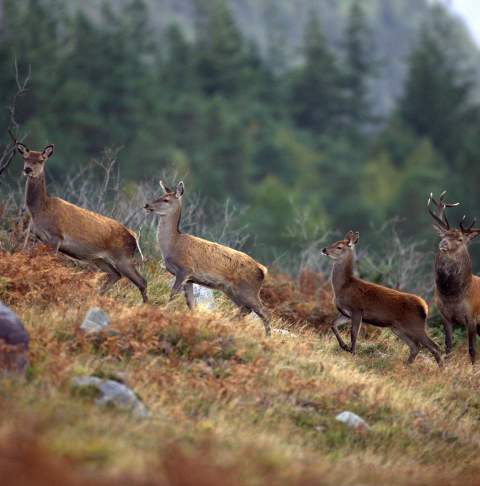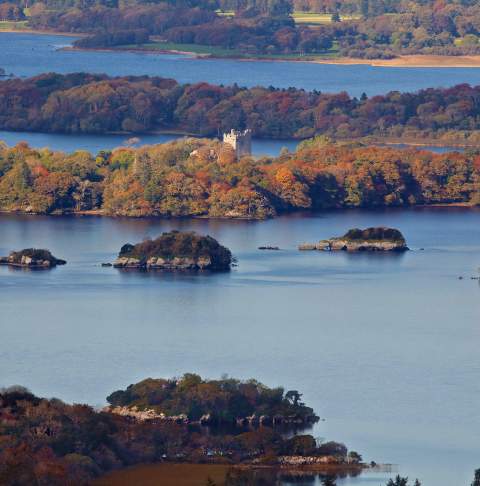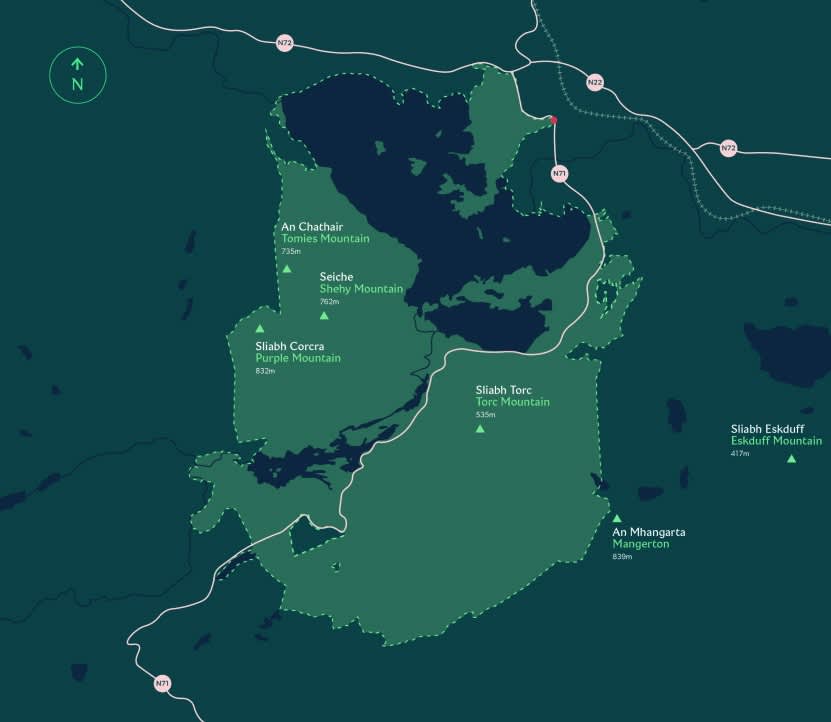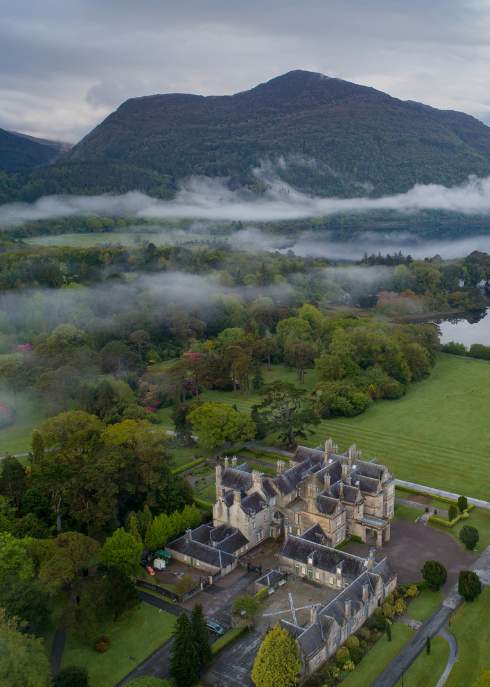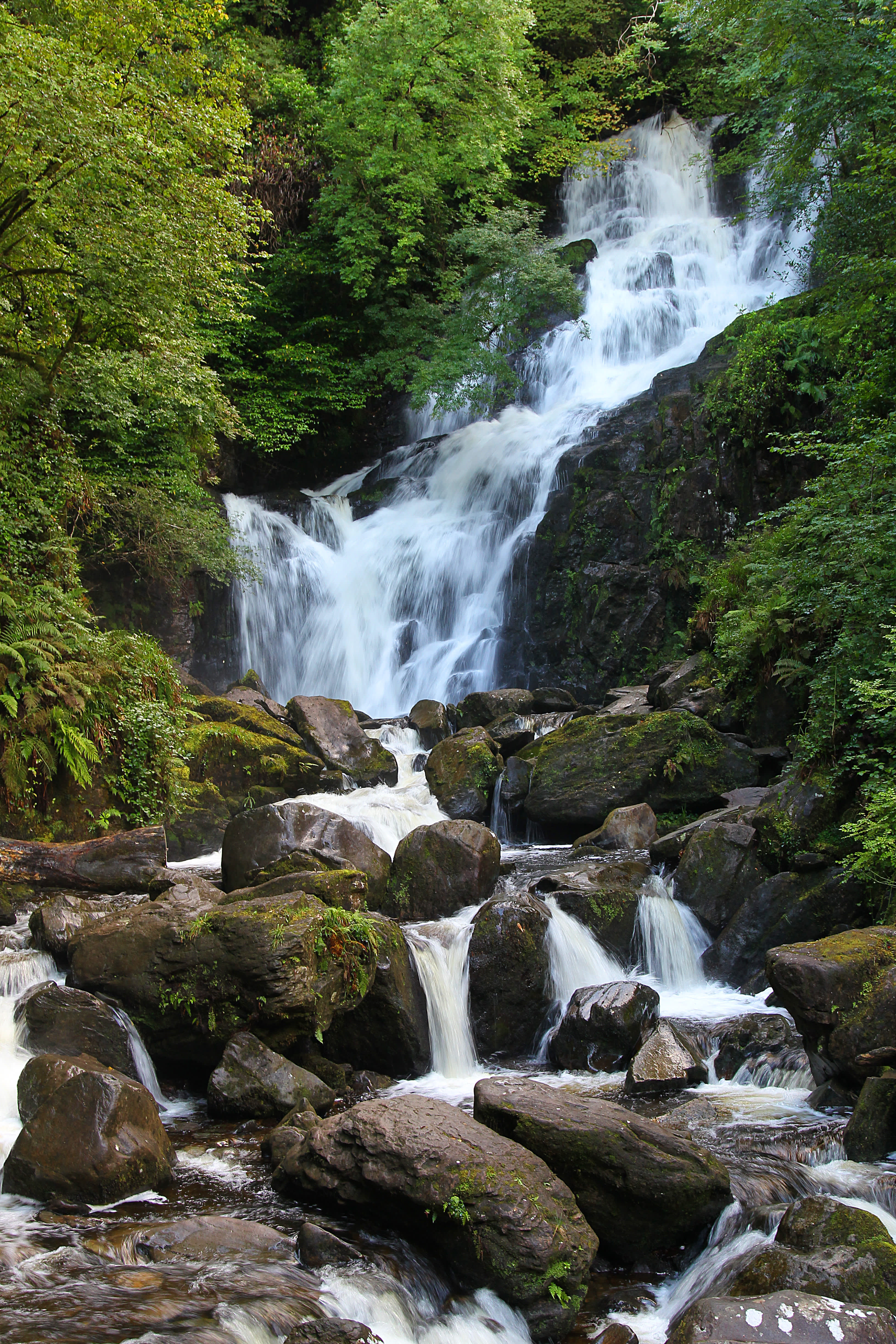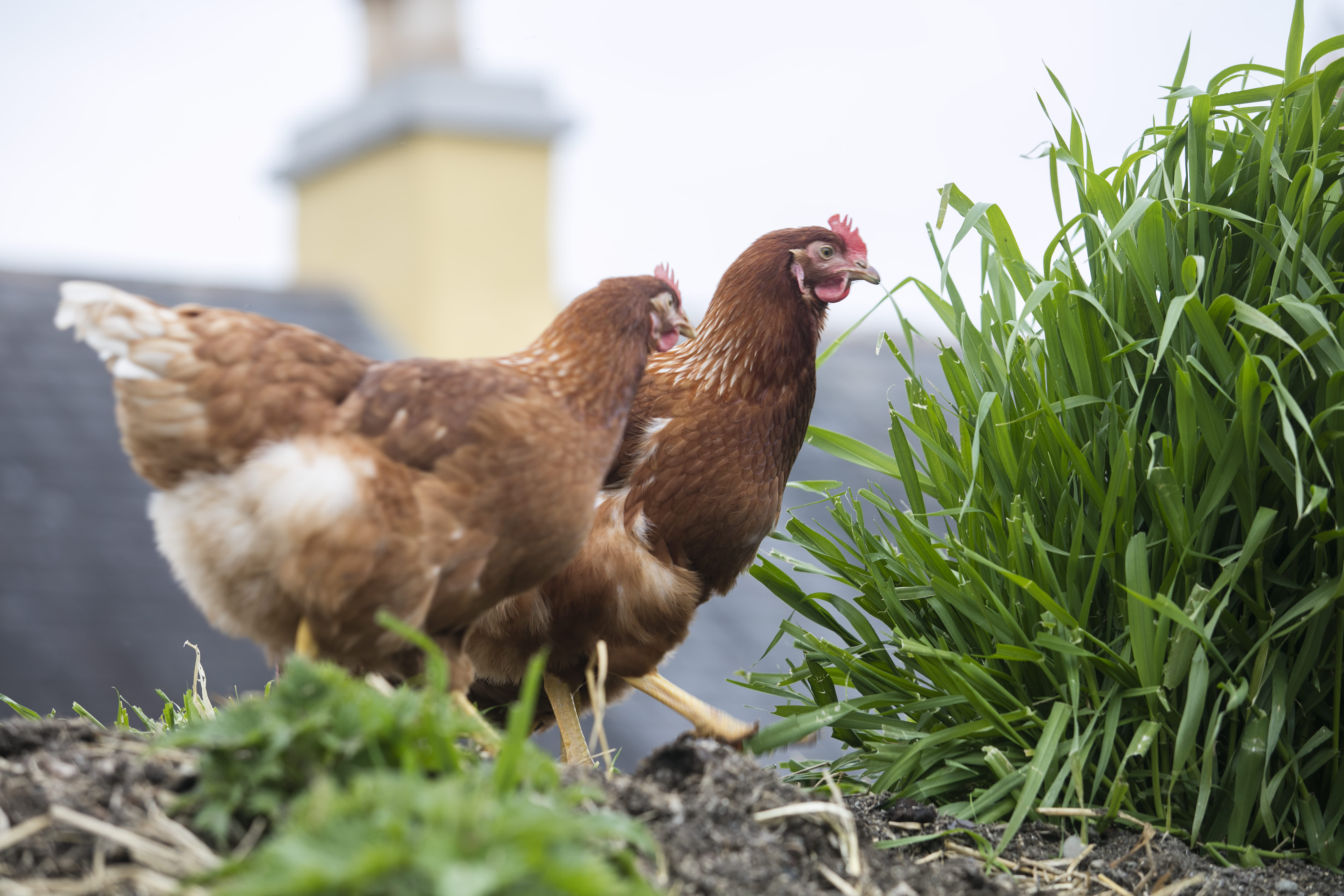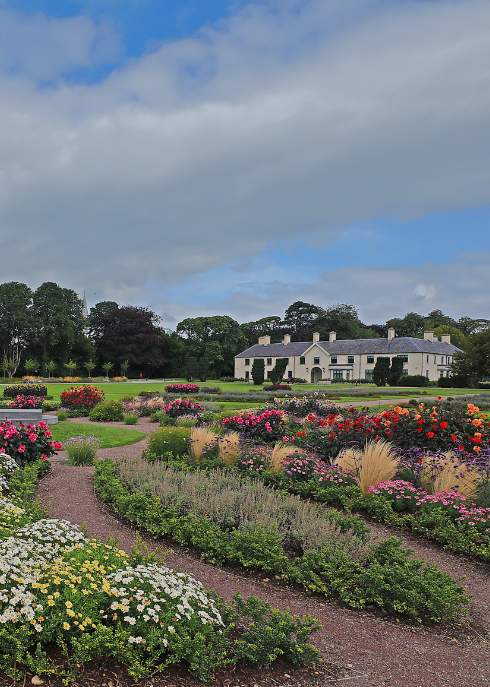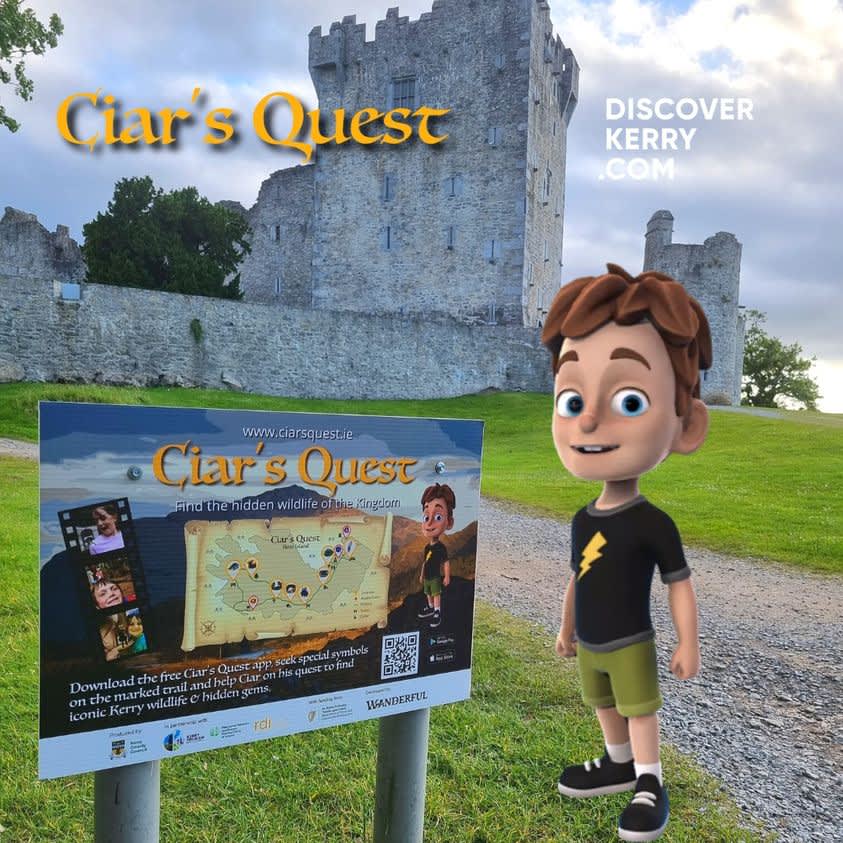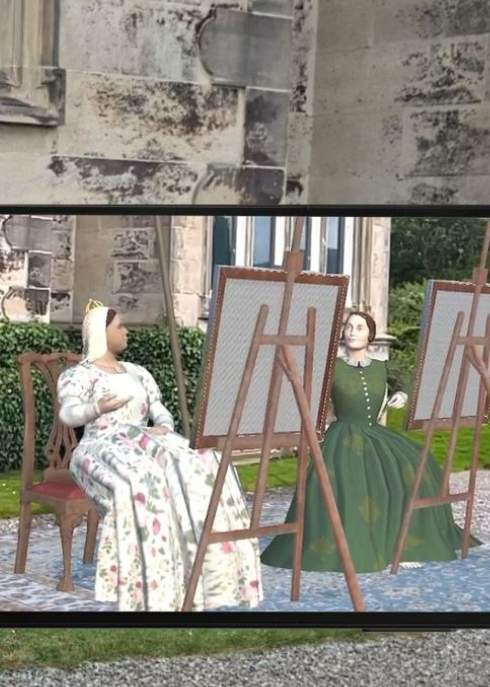Killarney National Park
Killarney, with its majestic mountains, lakes, rivers and relatively unspoilt natural world, is home to Ireland’s largest National Park, old oak woodlands, expansive moors and last remaining native red deer population, along with a wealth of other wildlife. Its beauty has been celebrated for generations. Sprawling over 10,236 hectares, this beautiful park is an idyllic place to explore.
Killarney National Park, near the town of Killarney, County Kerry, was the first national park in Ireland, created when Muckross Estate was donated to the Irish Free State in 1932. The park is situatied within the Kerry UNESCO Biosphere Reserve. The Lakes of Killarney and the Mangerton, Torc, Shehy and Purple Mountains are in the park.
Ross Castle and Muckross House draw big crowds, but it's possible to escape amid Ireland's largest area of ancient oak woods, with panoramic views of its highest mountains and the country's only wild herd of native red deer.
The area is also steeped in history; with features such as bronze age copper mines on Ross Island, Muckross Abbey, Ross Castle and Muckross House.
Discover the Park
Muckross House & Gardens
Muckross House & Gardens
Killarney House & Gardens
The perfect escape from the hustle and bustle of Killarney town, Killarney House &…
It's easy to get to the park and explore its 25,000 hectares once you're there! From Molls Gap to Ladies View, Torc Waterfall or the Muckross and Dinis walking/cycling loop, there are plenty of spectacular places to stop and admire the scenery, enjoy a snack or depart on an invigorating hike!
The Hop on / Hop Off 'Big Red Bus' has a punctual daily route around Killarney Town, Ross Castle, Muckross House & Gardens, Muckross Traditional Farms and Torc Waterfall. These main visitor attractions of the park also provide car, bicycle and coach parking facilities. Accessibility throughout the car park, public toilet facilities and the pathways around Muckross House & Gardens is key to making the experience of the park enjoyable for all.
There are endless paths suitable for cycling, walking and scooting for all ages, with entry to the park from a number of locations in Killarney town as well as at the visitor attractions directly, or at various points throughout the Killarney area. Your local host as well as tour operator, Tourist Information Office or bike hire provider will gladly give you the best tips for your adventure in Killarney National Park!
Find your new favourites
Discover your perfect stay, catch a show, explore attractions or try a new food experience.

